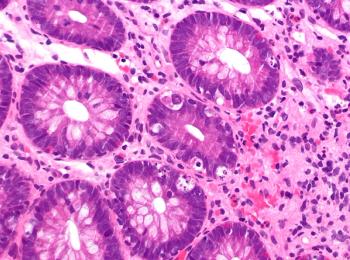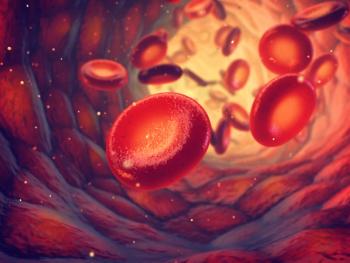
Prior Malignancies, Autoimmune Disorders Increased in CML Patients
Chronic myeloid leukemia patients had a significantly increased prevalence of prior malignancies and autoimmune disorders compared with the general population.
Individuals diagnosed with chronic myeloid leukemia (CML) had a significantly increased prevalence of prior malignancies and of autoimmune disorders compared with the general population, according to a study conducted in Sweden. This suggests that a hereditary or acquired predisposition to cancer, potentially along with autoimmunity, may be involved in CML’s origins.
In previous studies, CML patients were found to have increased risks of secondary malignancies. “It could be speculated whether such subsequent incident cancers in CML may be causally linked to the given tyrosine kinase inhibitor (TKI) treatment, the CML disease itself, or to a general predisposition to develop any malignancy,” wrote study authors led by Anders Själander, MD, PhD, of UmeÃ¥ University in UmeÃ¥, Sweden. By testing the incidence of prior malignancies, along with autoimmune disorders and chronic inflammatory disease, the researchers sought to answer those questions.
The new study used three Swedish registries to compare 984 CML patients with 5 matched controls for each of those patients (4,920 total individuals). The results were
Of the 984 CML patients, 128 were found to have had a prior malignancy, compared with 453 of the matched controls. This yielded an odds ratio (OR) of 1.47 (95% CI, 1.20–1.82); the OR was significant specifically in both men and women, and among those aged at least 60 years as well as younger patients. Certain specific prior malignancies had significantly increased prevalence among CML patients, including breast cancer, gastrointestinal malignancies, urinary tract malignancies, and others.
The increased prior malignancy prevalence remained when only those with a latency more than 3 years before CML diagnosis were included. In that case, the OR was 1.55 (95% CI, 1.24–1.93), and was again significant in men and women, and in older and younger patients.
There were 89 total autoimmune disorders found among the 984 CML patients, compared with 297 such disorders among the matched controls. This yielded an OR of 1.55 (95% CI, 1.21–1.98). When only those with the 3-year latency were considered, there was no longer an increased prevalence, with an OR of 1.04 (95% CI, 0.72–1.50). Though there was an increased prevalence of chronic inflammatory diseases in CML patients, this did not reach significance, with an OR of 1.32 (95% CI, 0.86–2.01).
“Our observation of an increased prevalence of other malignancies and autoimmune disorders prior to the diagnosis of CML suggest that a hereditary or an acquired predisposition to cancer and/or autoimmunity is involved in the pathogenesis of CML,” the authors concluded, noting that the findings should still be confirmed in an independent case-control study. They also pointed out that these results cannot exclude the possibility that treatment for a prior malignancy or autoimmune disorder could have “paved the way” for development of CML.
Newsletter
Stay up to date on recent advances in the multidisciplinary approach to cancer.

















































































